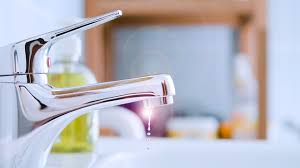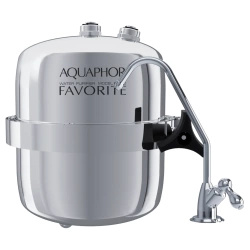To save water becomes a necessity. Environmentalists are sounding the alarm that the world’s fresh water supplies are running out. Therefore, it is worth introducing good habits in our homes today. They will protect us in the future from an ecological disaster. Saving water also has another positive aspect – lower household bills. In a world of galloping inflation saving water equals saving money.
Here are our tips for reducing household water consumption:
Tip 1 – turn off water
 The most common way we waste water is due to our lack of attention. We don’t turn off the tap when we brush our teeth, shave or water flowers. This results in a lot of water ending up down the drain unnecessarily. It only takes a little more attention to turn the water off when you really need it.
The most common way we waste water is due to our lack of attention. We don’t turn off the tap when we brush our teeth, shave or water flowers. This results in a lot of water ending up down the drain unnecessarily. It only takes a little more attention to turn the water off when you really need it.
Tip 2 – a quick shower instead of a bath
It’s true that most water is wasted in the bathroom. The easiest way to save water while taking care of our daily hygiene is to skip a bath and take a quick shower. This will allow us to save double (or even triple) the amount of water during one wash while achieving the same hygienic effect.
Tip 3 – eco-friendly dishwashers
As much as 70 liters of water are consumed by hand washing a sink full of dirty dishes. However, to wash the same amount of plates, cups and cutlery in an ecological dishwasher will use only 6 liters of water. Current appliances are equipped with intelligent systems that minimize the amount of water. The situation is similar with energy-efficient washing machines (high class A+, A++, A+++). Numerous programs in these devices optimize the amount of water in accordance with the level of dirt and type of fabric. Thus, they eliminate the unnecessary water consumption.
Tip 4 – economical manual washing
What to do when we don’t have a dishwasher at home but we want to save water? It is very important not to wash dishes under the current stream of water. This way we use more water than necessary. It’s worth using both chambers of a sink. In one we should wash dishes with a sponge and some liquid. In the other one we should rinse off any foam and dirt. Accordingly, we can use the water stored in the chambers many times.
Tip 5 – water from a dryer
Many people who possess a dryer after the end of its cycle pour the liquid accumulated in a special container into the sewage system. This is a mistake. A side effect of the drying process is distilled water. This water can be successfully used, for example, for ironing by pouring it into an iron or steam ironer.

